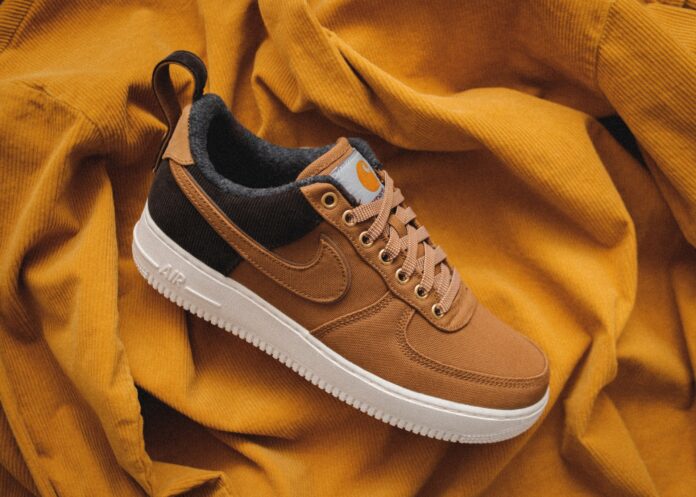Friction is usually a good thing. It’s what helps us walk and grip things. But when it comes to our skin, too much friction can be a recipe for disaster. When our shoes rub against the back of our heels with every step, it puts constant pressure on that delicate area. Over time, that friction can lead to pain, inflammation, and even injuries like blisters and calluses.
Shoes that rub against your skin can cause all sorts of problems. The result can look like blisters or breaks in the skin, both of which are prone to infection. Even worse, over time the rubbing can cause the development of bony bumps called a Haglund’s deformity at the back of the heel. And depending on the height of your shoes around your ankle, ongoing rubbing may also irritate your Achilles tendon and contribute to bursitis, among other conditions.
A runner’s worst nightmare is dealing with shoes that constantly rub the back of their heel. So if you are struggling with this issue, don’t worry! There are five easy solutions that can help you stop the shoe rubbing. Read on to find out what they are.
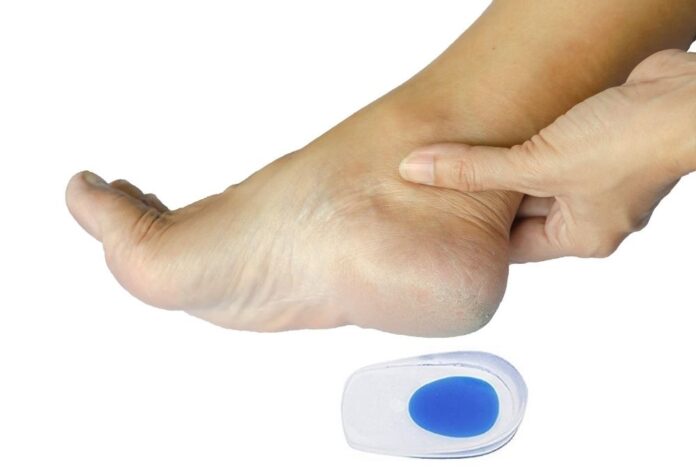
Solution #1: Invest in heel counter cups
Heel counter cups are small, gel-like pads that you insert into the back of your shoes. They act as a buffer between your heel and the shoe, preventing friction and irritation. You can find heel counter cups at most running stores, or online.
Solution #2: Try a different lacing technique
If you’re lace-up shoes are the culprit, there may be a simple fix. Some runners find that criss-crossing their laces helps to prevent rubbing. Others prefer to use a “heel lock” technique, which involves threading the laces through the loops at the bottom of the shoe. Experiment to see what works best for you.
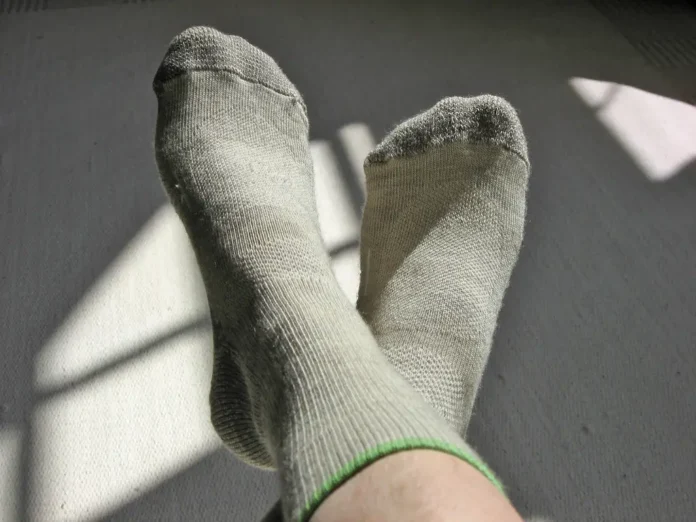
Solution #3: Wear thicker socks
Wearing thicker socks (or multiple pairs of socks) can help to prevent rubbing by creating a barrier between your skin and the shoe. This is especially helpful in cold weather, when you may be wearing thicker socks anyway.
Solution #4: Apply a lubricant
If you’re struggling with heel rubbing, you may want to try applying a lubricant to the back of your heel. This can help to reduce friction and prevent irritation. You can find lubricants at most running stores, or online.
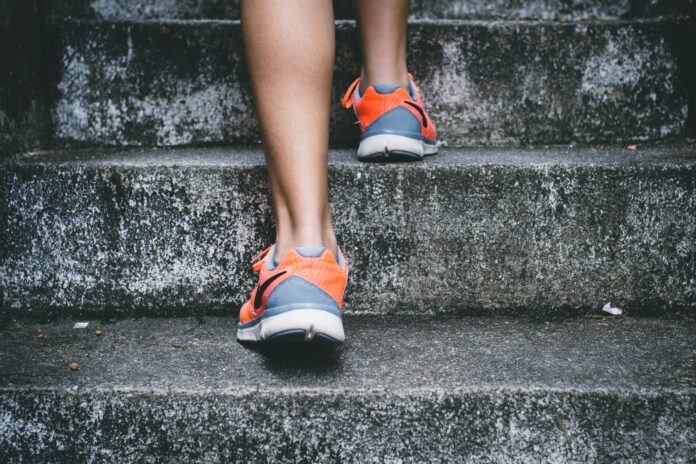
Solution #5: Break in your shoes
If you’re new to running, or if you’ve recently purchased a new pair of shoes, it’s important to break them in slowly. Start by wearing them around the house for short periods of time. Then, gradually increase the amount of time you spend in them. Eventually, your shoes will conform to the shape of your foot and the rubbing will stop.
Solution #6: Invest in good running shoes
This is perhaps the most important solution of all. Wearing well-made, comfortable running shoes will help to prevent heel rubbing (and other problems). Be sure to buy ones that fit properly and provide support for your foot type. Check out rungearguru.com for best running shoes.
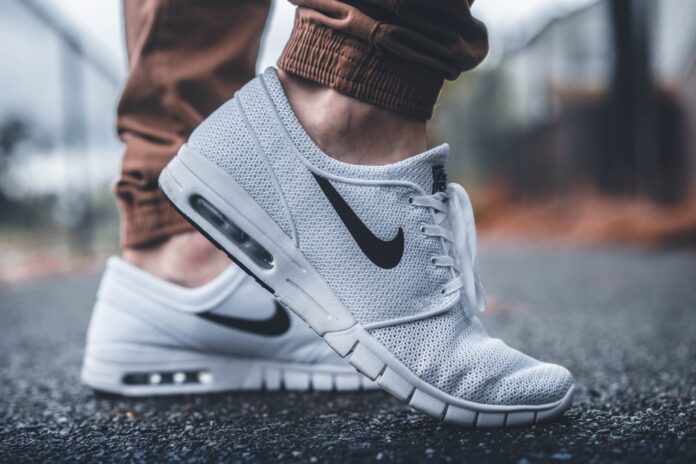
When Buying New Shoes You Must Take This Into Consideration
Before you try on your favorite pair of shoes, make sure that the socks are appropriate for what will be worn with them. Many people quickly duck into stores only to find themselves wearing thicker cotton stockings when they get out and about again later in life and this can reduce how much space there is within each shoe!
Not only does it hurt circulation by keeping feet warm all day long but also encourages rubbing at both heels as well everywhere else around its base because stretchy fabrics won’t ever offer enough protection against sore spots developing due lack moisture or friction caused during daily activities.
When buying shoes, it’s important to pay attention and ensure they fit well. Your feet will swell by up a half size during the day which means that if you wear your perfect afternoon shoe in morning then by noon time these might feel tight on top of being too short! It’s better safe than sorry make sure every inch is covered before purchasing so as not have any problems later down road.
The next time you’re at the store, take a few moments to think about what kind of socks would be best for each pair of shoes before making your purchase. This will save you time and money in the long run!
Sometimes, you need to consider the surface in choosing the right shoes. The part of your running shoe that touches the ground is called the outsole. It is often made of different rubber or foam compounds that are placed in a way that improves wear resistance, bounce, or flexibility. Consider materials in Lucky Feet Shoes that give you grip and durability without making the shoe heavier or stiffer and a shape that matches your footprint and gives you the stability you want. Above all, when buying running shoes, consider the type of surface you’ll be using them on. Will you run mostly on the road, on wooden floors, tracks, or a trail?
Which Shoe Material Should You Go for?
There’s nothing quite like the perfect pair of shoes. They fit well, they look good, and they feel comfortable. But the wrong pair of shoes can be a nightmare. Blisters, bunions, corns, and calluses are just a few of the problems that can be caused by ill-fitting or poorly made ones.
And once you develop one of these problems, it can be difficult to get rid of it. That’s why it’s so important to choose them carefully. Make sure you know what kind of material they’re made from and how they’re supposed to fit before you buy them.
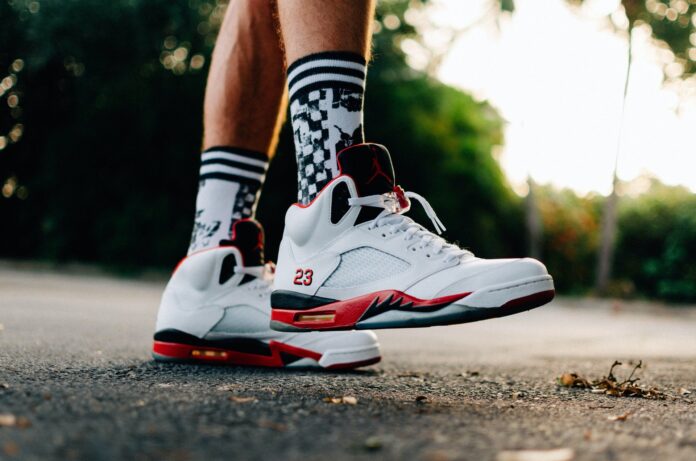
Otherwise, you could be in for a world of hurt.
Suede
It is a popular choice for shoes because it’s soft and comfortable. However, it’s also very absorbent. That means that it can get soaked through in wet weather, and it’s difficult to clean. If you live in a rainy climate or if you’re prone to spilling things on your shoes, suede is probably not the best material for you.
Leather
Leather is the most durable shoe material. It’s also breathable, which means it won’t make your feet sweat in warm weather. However, leather can be expensive, and it requires special care. If you’re not willing to invest the time and money into caring for leather shoes, they probably aren’t the right choice for you.
Canvas
Canvas is a popular choice for casual shoes. It’s lightweight and breathable, and it doesn’t require much care. However, canvas shoes can get dirty easily, and they’re not as durable as leather or suede. If you’re looking for a pair that you can wear every day, canvas is a good choice. But if you’re looking for something more durable, you might want to choose a different material.
Do Insoles Matter?
Custom insoles can be a godsend for people with foot problems. They can provide support and cushioning that your shoes alone can’t provide. If you have flat feet, high arches, or any other kind of foot problem, insoles can help.
But not all insoles are created equal. Some are better than others, and some are more expensive than others. If you’re going to invest in a pair of custom insoles, make sure you choose a quality product. Otherwise, you might not get the results you’re hoping for.
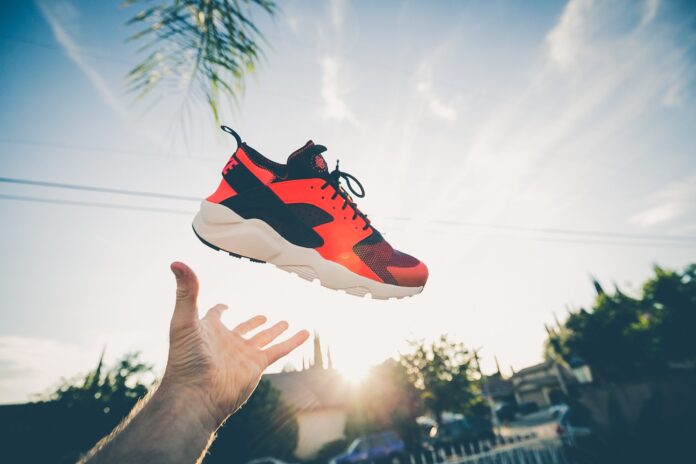
Common Questions
How often should I replace my shoes?
The answer to this question depends on how often you wear your shoes and what kind of activities you use them for. If you only wear them for walking or light exercise, you can probably get away with replacing them every six months to a year. But if you’re a runner or a serious athlete, you might need to replace your shoes every three to six months.
How can I tell if my shoes are too small?
If they are too small, you’ll probably know it. Blisters, corns, and calluses are all common problems caused by ill-fitting shoes. If you develop any of these problems, it’s a good idea to get your shoes checked by a professional. They can help you find a pair that fits better.
How can I tell if my shoes are too big?
If they are too big, they’ll probably feel loose and uncomfortable. You might also notice that you’re developing blisters or calluses in areas where your shoes rub against your feet. If you think they might be too big, take them to a professional to get them checked.
What are the best shoes for standing all day?
If you have to stand for long periods of time, you need a shoe that provides good support. A walking shoe or a running shoe is usually a good choice. Look for something with a cushioned sole and a comfortable fit. Avoid high heels or any other type of shoe that doesn’t provide adequate support.
What are the best shoes for walking?
The best ones for walking are usually comfortable and lightweight. Look for a shoe with a cushioned sole and good arch support. Avoid those that are too loose or too tight. And make sure you break in your new shoes gradually to avoid blisters or other problems.
The Bottom Line
So there you have it, five different ways to stop your shoes from rubbing the back of your heel. No more blisters, no more pain, and no more ruined shoes. So what are you waiting for? Give one of these methods a try the next time you slip on a pair of shoes. With a little bit of effort, you can easily keep your feet comfortable and avoid those pesky blisters. So go ahead and enjoy your favorite pair of shoes, without having to worry about painful blisters!

